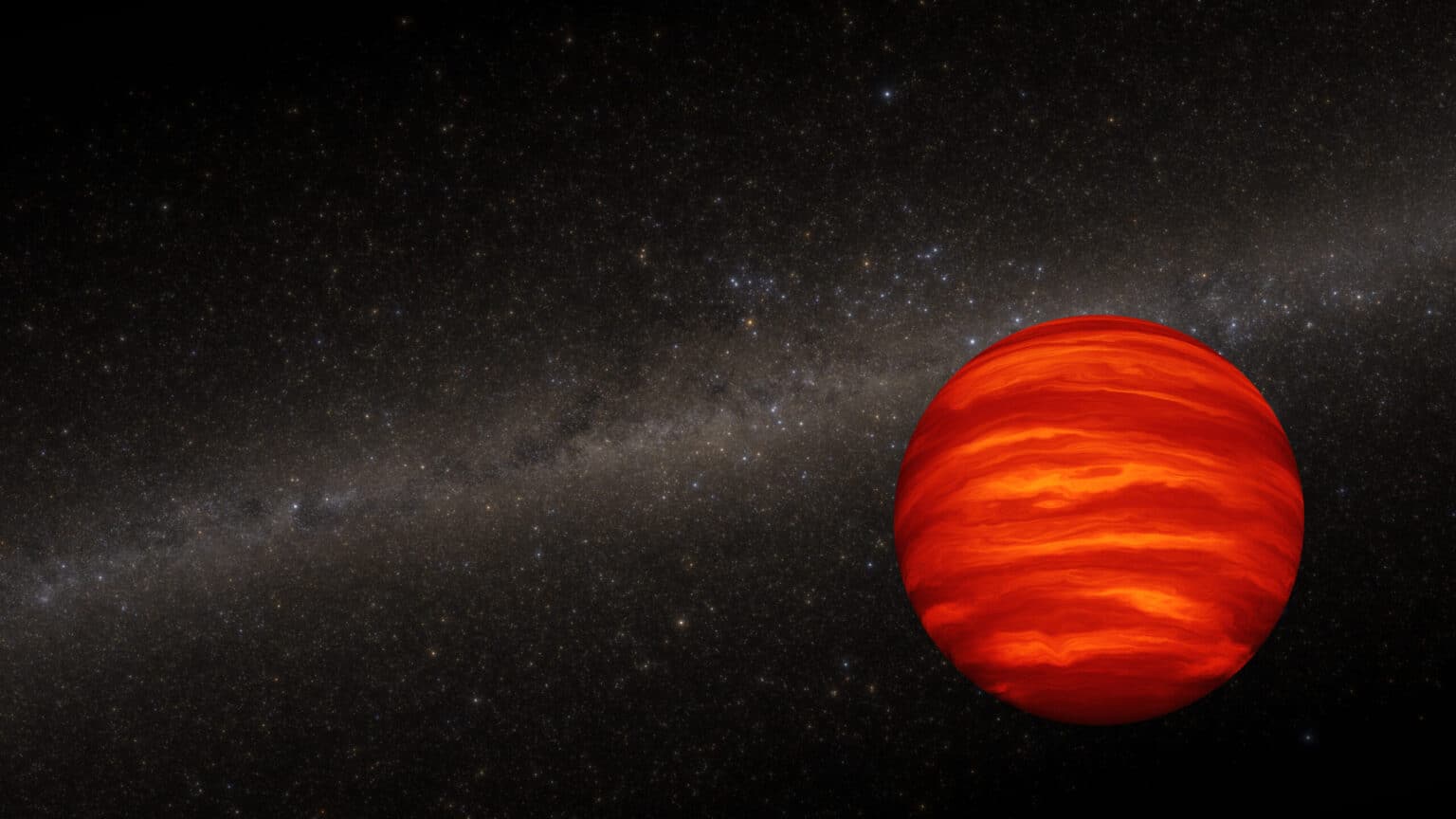Methane Discovery Shakes Up To Dwarf Classification

In a groundbreaking study, scientists have detected methane in the atmosphere of WISEA J181006.18 −101000.5, the closest T dwarf to Earth, located 29 light-years away. This significant finding, published in the preprint journal arXiv, challenges previous classifications of the dwarf and sheds light on its unique atmospheric composition. The revised study was released on November 17, revealing new insights into the planet’s characteristics.
Methane Detection Changes Classification
The detection of methane was made possible by the advanced capabilities of the 10.4-meter Gran Telescopio Canarias (GTC). This discovery has led to a reclassification of WISEA J181006.18 −101000.5 from an L-type to a T-type dwarf, a shift that reflects its distinct atmospheric properties. Previous studies had suggested a different classification, but the presence of methane has clarified its status. Notably, the study found no traces of carbon monoxide or potassium in the dwarf’s atmosphere, further distinguishing it from other celestial bodies.
The research indicates that the carbon abundance in WISEA J181006.18 −101000.5 is estimated at -1.5 dex, with an effective temperature around 1,000 K. The authors suggest that the low metallicity of the T dwarf could explain the absence of atomic potassium. Additionally, a lower temperature may enhance this effect, providing further context for the planet’s unique composition. The study also notes that WISEA J181006.18 −101000.5 has a heliocentric velocity of -83 km/s, adding to the understanding of its motion within the galaxy.
Significance of the Gran Telescopio Canarias
The Gran Telescopio Canarias has played a crucial role in advancing our knowledge of WISEA J181006.18 −101000.5. Previous observations indicated that the dwarf’s atmosphere was primarily composed of hydrogen and water vapor. However, the recent findings suggest a more complex atmospheric structure, with methane now identified as a key component. This discovery not only alters the classification of the dwarf but also raises questions about its formation and evolution.
Interestingly, despite its low metallicity, the study suggests that WISEA J181006.18 −101000.5 may be associated with the Milky Way’s thick disk. This connection provides valuable insights into the dwarf’s origins and its place within our galaxy. As astronomers continue to explore the cosmos, the findings from this study highlight the importance of advanced observational technology in uncovering the mysteries of distant celestial bodies.
Observer Voice is the one stop site for National, International news, Sports, Editor’s Choice, Art/culture contents, Quotes and much more. We also cover historical contents. Historical contents includes World History, Indian History, and what happened today. The website also covers Entertainment across the India and World.
Follow Us on Twitter, Instagram, Facebook, & LinkedIn

